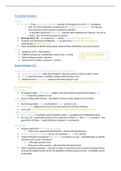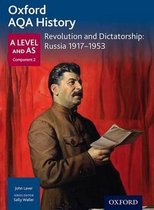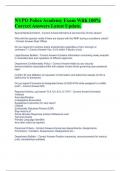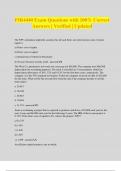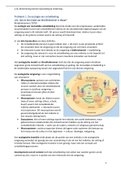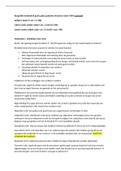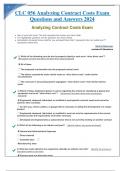Notes de cours
AQA A Level Depth Study Notes - Russia: The October 1917 Revolution
- Cours
- Établissement
- Book
Extremely high quality and detailed notes for the AQA History Depth Study Russia. Notes cover: - The October Revolution Events of October 1917 - Weaknesses of the Provisional Government - Strengths of the Bolsheviks
[Montrer plus]
